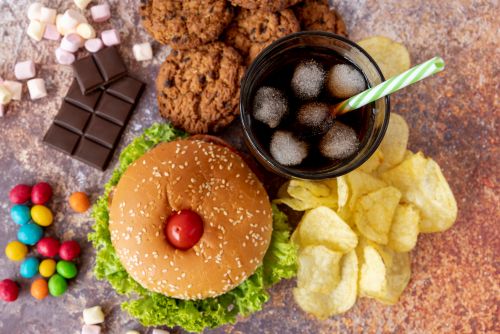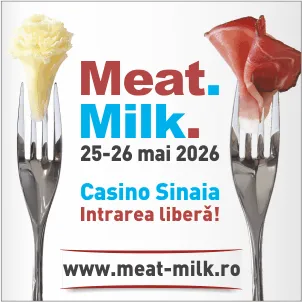169

The notion of “minimally processed food” appears frequently in public discussions, yet its technical meaning is often confused with ideas such as “natural” or “additive-free.” In risk assessments and regulatory documents, European institutions clearly distinguish between food safety, degree of processing, and the technological role of interventions. EFSA primarily evaluates the safety of ingredients and processes, while classifications of processing levels are often referenced in public policy analyses using the WHO/FAO system known as the NOVA classification.
Within this framework, “minimally processed foods” are products that have undergone only basic operations such as washing, cleaning, cutting, refrigeration, freezing, simple pasteurization, or packaging in a controlled atmosphere, without significant alteration of their structure or nutritional composition. Examples include pasteurized milk without added ingredients, chilled or frozen meat without marination, packaged fresh vegetables, and plain yogurt with starter cultures but no additional components with complex technological functions. These processes are necessary for safety and stability rather than for deep transformation of the product.
The distinction between “minimally processed” and “processed” arises when ingredients and procedures are introduced that substantially alter the food matrix: added sugars, fats, modified starch, emulsifiers, or flavorings. WHO and FAO note that interest in minimally processed foods is linked to nutritional recommendations promoting dietary patterns based on products as close as possible to their original state, associated with lower intakes of salt, sugar, and saturated fats.
For the food industry, the correct use of terminology is becoming essential. Labelling and commercial communication must align with European consumer information regulations, avoiding claims that could mislead. Operators wishing to communicate “minimally processed” must be able to demonstrate, through the technological process description and ingredient list, that interventions are limited to safety and preservation, without complex reformulation.
In 2025, clarifying these concepts represents a key area of dialogue between industry, authorities, and consumers, in a context where demand for simple, safe, and easy-to-understand products continues to grow.
(Photo: Freepik)





